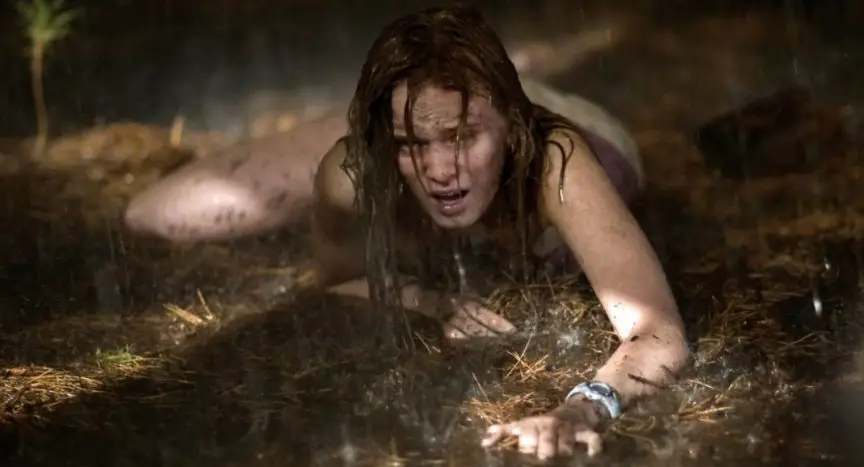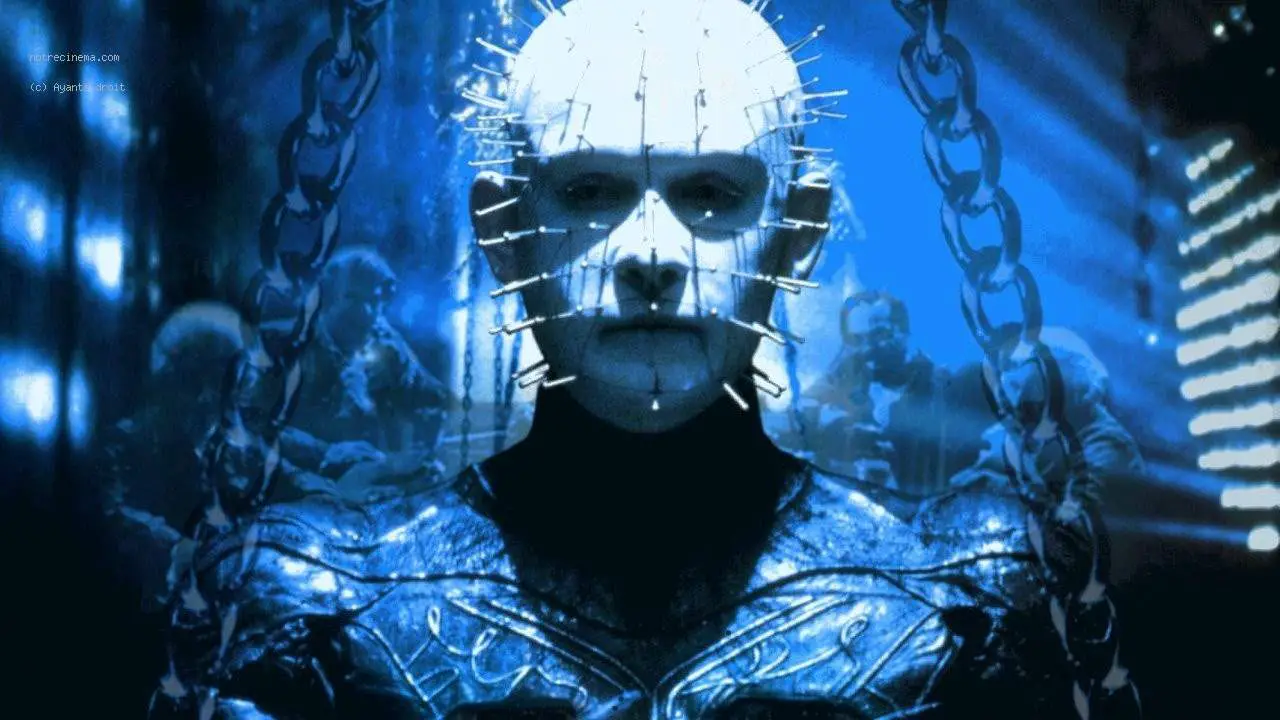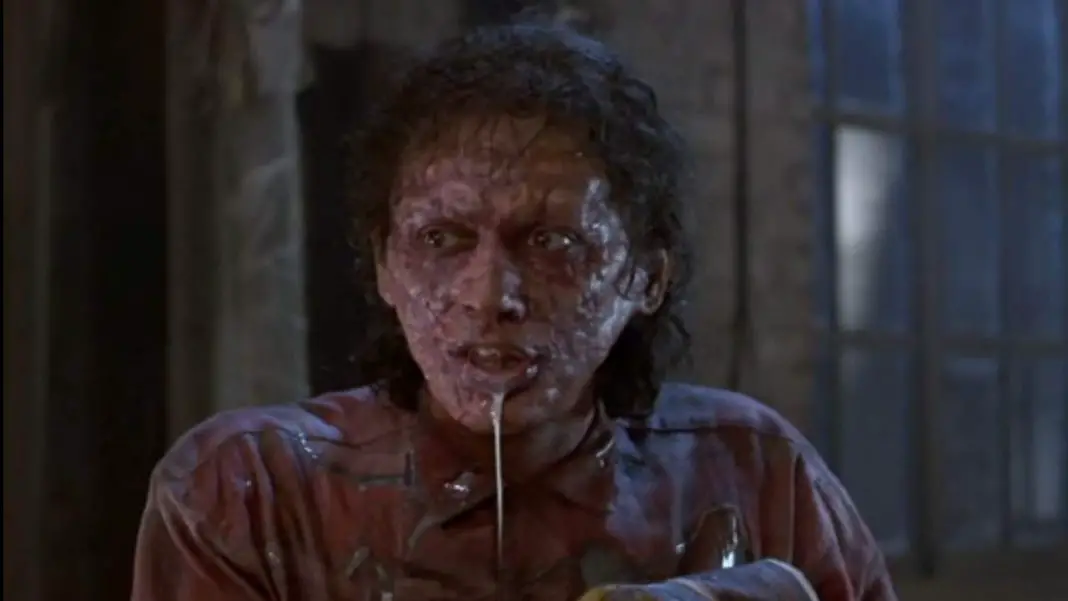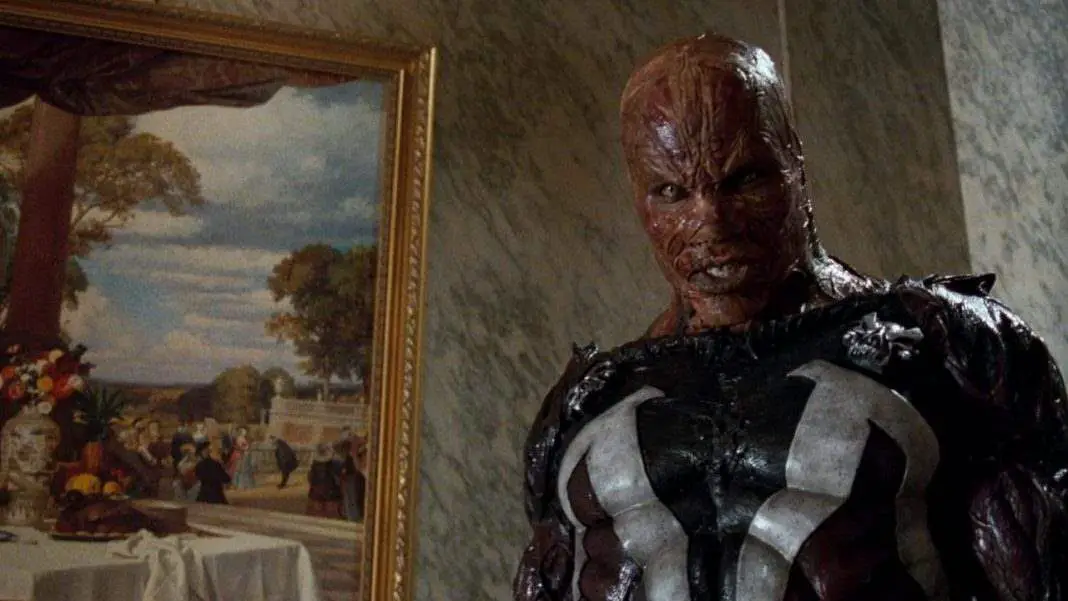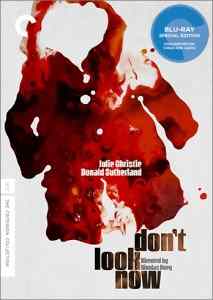In a time when most horror remakes are judged before they are even get made, The Last House on the Left 2009 remains a stellar example of how a remake can work as a complement to the original film. It is said that the truth hurts, and as a horror fan even I have to admit that some of our most beloved films could actually do with a remake. In my purview, The Last House on the Left was one of them.
Wes Craven‘s original film is a classic, and very important to the genre. But it is flawed. Craven was a first-time director working with a low budget. And though the quality is not bad, the film’s budgetary limitations are apparent. The biggest flaw is in the execution of what could have been a truly riveting story. Two teenage girls are kidnapped, humiliated, raped, and eventually murdered by a gang of convicts. The convicts then make the mistake of seeking shelter in the home of one of the murdered girls, and her parents take bloody revenge on them. The misstep comes in the odd side-story involving a bumbling pair of police officers. These scenes are too comedic and completely throw off the horrific tone of the main story.
The remake smartly chooses to keep only the bare bones of the original plot and completely leaves out any outside involvement. A few small additions are made to enhance the characters. The Collingwood family – John, Emma, and daughter Mari – once had another son who died, which makes it all the more believable when the parents fight back at the end. They can’t bear to lose another child. The subtlety that director Dennis Iliadis brings to this particular plot point is brilliant, as is his beautiful treatment of the rest of the film.
Actor Tony Goldwyn, who portrays Mari’s father John, was reluctant to be involved with the movie because of the violent subject matter, but he should be proud of what he helped create. His performance far outshines that of Monica Potter, especially in the pivotal scene where the parents discover Mari. John must use his skills as a doctor to save Mari, including cauterizing her bullet wound with the heated blade of a knife and tending to a collapsed lung. The raw emotion that Goldwyn gives in this scene – especially in the horrible way he finds out that his daughter was raped – is exactly what was needed.
Another person who should be proud of their performance is Garrett Dillahunt, who took on the role of bad guy leader Krug. The physical resemblance to David Hess’s Krug in the original is a nice touch, but more so, Dillahunt gives the perfect aura of evil to this guy as he plays completely against type. Sara Paxton also shines as Mari, and her scenes with Dillahunt are some of the best in the whole picture. Mari holds herself together well during the kidnapping sequence and is even able to continue being defiant of Krug as Paige lays dying in her arms. Krug rapes Mari as punishment for this defiance, further proof of his lack of regard for others. This rape scene is noticeably more graphic than in the original (this is especially apparent in the unrated cut). But why shouldn’t it be? If you’re not going to show your audience the true horror of the act, why bother making it a plot point in the first place? This scene is crucial to the first half of the movie, as it is directly related to the characters’ and the audience’s emotions for the last half of the film.
Admittedly, the revenge murders in the climax of the movie go a bit too far. The violence is too stylized and not believable enough for what our characters are capable of, realistically. For a horror movie, all of the stuff that happens to the bad guys is awesome – a hand shredded in the garbage disposal, for instance – and it’s the type of stuff horror fans love to see. But it didn’t fit as well in this feature when compared to the rest of the film, which is where the remake makes its biggest misstep. They all deserve it, but more realistic deaths that matched the raw and gritty tone of the first half of the movie would have been much more effective.
The Last House on the Left remake proves that a well-chosen story and smart casting decisions can make a remake just as, if not more, effective and important as the original film.
Also check out Wicked Horror Contributor Nat Brehmer’s take on The Last House on the Left as compared to the original.
